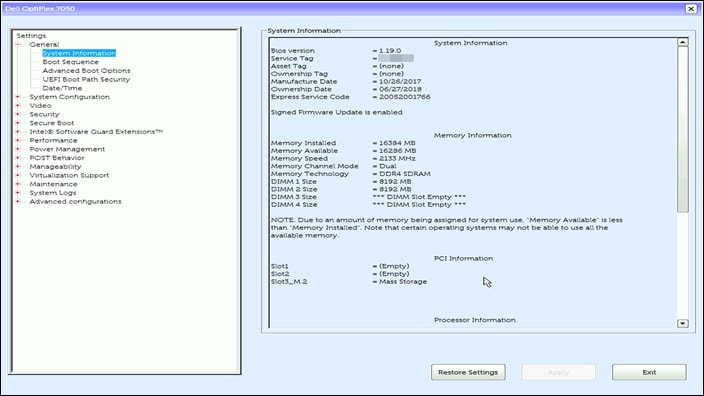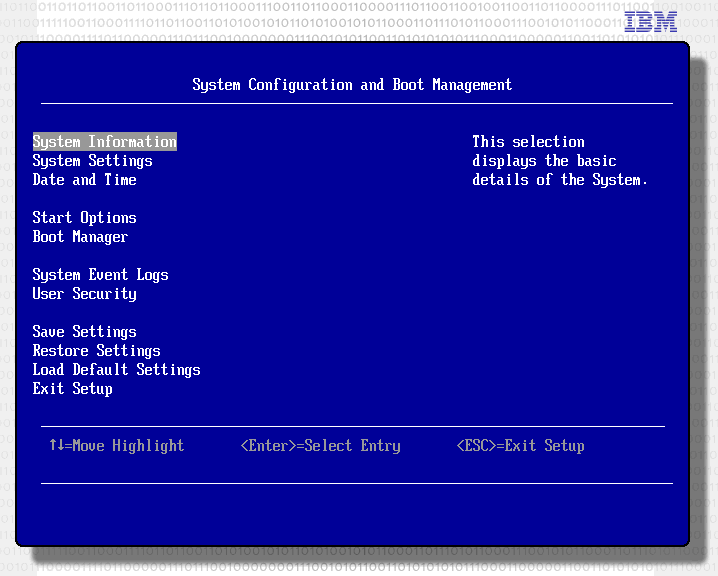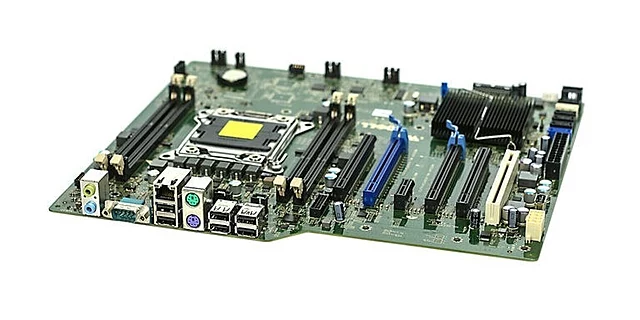When you turn the pc on but hear beep sounds, this can be alarming. Beep codes are a great way to tell the user that there is something wrong with the motherboard. The motherboard’s firmware generates these beep codes, also called the BIOS or UEFI. This firmware helps the computer boot up. These beep codes are a method of communication that your computer uses to share the current status with you. In this guide, everything about motherboard beep codes is explained, along with all the common beep codes and how you can get rid of them, as they are pretty annoying and scares beginners who have no idea.
Common Causes of Beep Codes
Before moving towards various motherboard beep codes, it is important to learn why they happen so you can pinpoint the root cause of these beep codes and deal with them accordingly. The most common cause of these motherboard beep codes is some problem with the BIOS ROM. These codes only indicate hardware problems, such as CPU, RAM, graphic card, motherboard, etc. This pattern of beep codes changes from system to system and problem to problem, so finding the right beep code according to the manufacturer will help you deal with the problem.
Beep Codes for different BIOS
As you already know that the beep code has a pattern, and they change from manufacturer to manufacturer. There can be pauses between these beep codes, and the intensity of the sound of these beep codes can also increase or decrease. Below are the beep codes for all the common BIOS available today, along with complete details about them.
AMI BIOS beep codes

- One short beep – These beeps indicate incorrect interaction between the motherboard and the RAM.
- One long beep – One beep will indicate that no errors are detected during the self-test.
- Continuous beep – You will hear this beep if there is an issue with your computer’s power supply.
- One long, One short beep – This code indicates a faulty motherboard.
- One long, two short beeps – If the computer doesn’t recognize the graphics cards, you will hear this beep code.
- One long, three short beeps – When there is an error with the video memory of your computer, you will hear beep codes in this sequence.
- Two short beeps – There is an error in the first sixty-four kilobytes of the memory.
- Two long, Two short beeps – There is a problem with the video memory.
- Three short, Three long, Three short beeps – Your computer’s RAM is defective, and you have to replace it to use it.
- Five short beeps – There is a problem with your computer’s processor.
- Six short beeps – Your computer can’t enter the BIOS in safe mode.
- Seven short beeps – There is an error in the processor or the video memory of your computer.,
- Eight short beeps – Graphics card is experiencing an error with the display memory.
- Nine short beeps – There is a problem with the CMOS battery.
- One short beep – This beep code indicates an Error with the CMOS RAM shutdown register.
- Eleven short beeps – There is a problem with the external cache memory.
Award BIOS beep codes

- One short beep – No problems are found in the self-test.
- Two short beeps – This is a non-specified error.
- Continuous beep – The graphic card or the memory is not detected.
- Repeated short beeps – Not enough power is being supplied to your computer’s motherboard.
- One long beep – There is an issue with your computer’s RAM.
- One long, One short beep – There is an issue with your computer’s motherboard.
- One long, Two short beeps – There is an issue with your computer’s graphics card.
- One long, Three short beeps – In the latest version, this sequence indicates that the keyboard controller has failed or the graphics card is not working correctly.
- Three long beeps – There is a communication error between the motherboard and the keyboard.
- Three long beeps – Communication error between keyboard and motherboard
Dell beep codes

Beep codes for Dell BIOS are different from beep codes for other BIOS in the list because they have the same length. To distinguish between these beep codes, you must listen to them and check them for pause.
- One beep – One beep – Two beeps – The microprocessor register has failed.
- Three beeps – Two beeps – Four beeps – The test of the keyboard controller has failed.
- Three beeps – Three beeps – One beep – The power of the NVRAM is lost.
- Three beeps – Three beeps – Four beeps – The Video memory test has failed.
- Three beeps – Four beeps – One beep – The Screen initialization has failed.
- Four beeps – Two beeps – Two beeps – The shutdown has failed.
- Four beeps – Four beeps – The Cache test has failed.
IBM BIOS beep codes

- One short beep – There are no problems with your pc even after the self-test.
- Two short beeps – This sequence indicates a POST error.
- No beep – This sequence is mostly related to the power supply but can also occur due to a processor error or some problem with the system board.
- Continuous beep – The power supply or your computer’s keyboard is faulty.
- Repeated short beeps – There is a problem with the system board or the power supply.
- One long, One short beep – There is a problem with the system board.
- One long, Two short beeps – There is a problem with the MONO or the CGA graphics card.
- One long, Three short beeps – There is a problem with the EGA graphics card.
- Three long beeps – There is a problem with the keyboard.
Macintosh startup tones

- One beep after five seconds – No RAM is detected in the computer.
- In the integrity check, the RAM failed in three short beeps, five-second pauses, and three short beeps.
- Three long, Two short, Three long beeps – The system has entered the recovery mode of EFI ROM, or there is an error in the EFI ROM.

